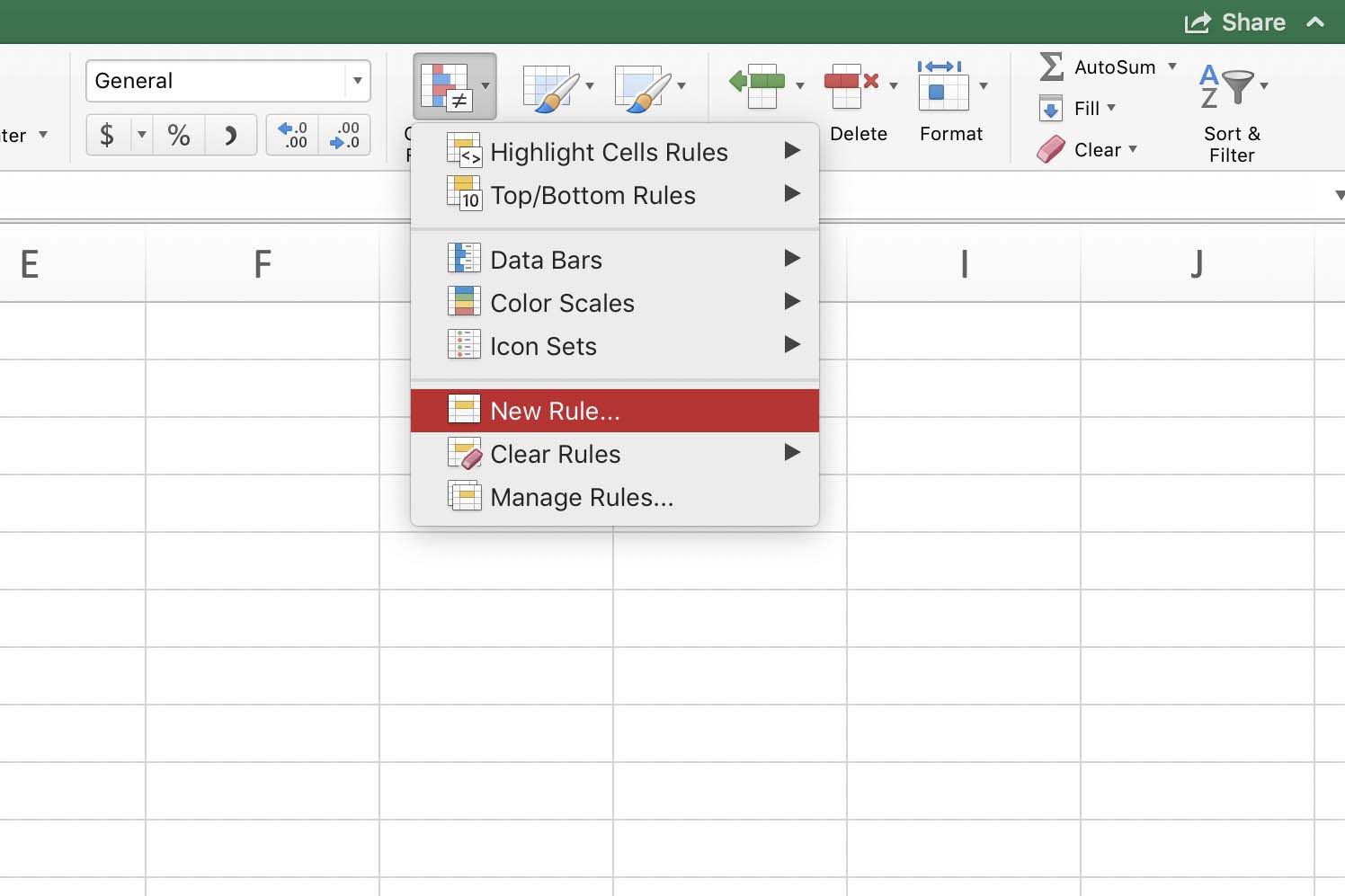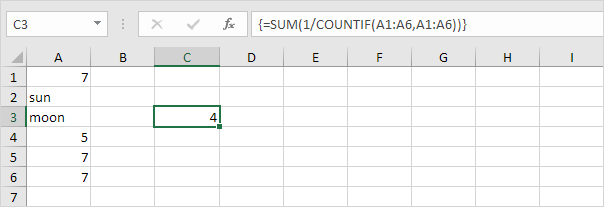Unique Values Displayed Conditionally in Excel New Sheet

In Microsoft Excel, handling large sets of data often involves repetitive values which can clutter the view. By employing Excel's vast array of functions, users can streamline their data, making it both visually appealing and functionally effective. In this post, we'll explore how to display unique values from one sheet conditionally into a new sheet, enhancing data management and analysis.
Understanding Unique Values and Conditional Formatting

Unique values are those that appear only once within a dataset. Excel users frequently need to extract these unique entries to gain insights or to clean up datasets. Conditional formatting, on the other hand, helps highlight data based on specific criteria, making it easier to spot trends or anomalies.
Key concepts for this tutorial:
- Unique Values: Data entries that are not duplicated.
- Conditional Formatting: Applying format rules to cells that meet specific conditions.
- Advanced Filter: A tool to filter data using complex criteria.
Setting Up Your Excel Workbook

Before diving into the functions, ensure your Excel workbook is set up correctly:
- Source Sheet: This will contain your original dataset.
- Destination Sheet: A new sheet where unique values will be placed.
- Worksheet Navigation: Be familiar with creating and switching between sheets.

Step 1: Identifying Unique Values

Begin by selecting the column in your Source Sheet from which you want to extract unique values:
- Highlight the entire column.
- Go to the Data tab.
- Select Advanced from the Sort & Filter group.
- Choose Copy to another location and check Unique records only.
| Step | Action |
|---|---|
| 1 | Select source column. |
| 2 | Navigate to Data > Advanced. |
| 3 | Set filter options to copy unique records. |

🔍 Note: This method extracts unique values based on the cell's content, ignoring formatting.
Step 2: Conditional Formatting for Unique Values

Once you've copied the unique values, use conditional formatting to visually distinguish these entries:
- Select the column in your new sheet.
- Navigate to Home > Conditional Formatting.
- Choose New Rule.
- Select Use a formula to determine which cells to format.
- Enter the formula:
- Choose a format to highlight unique values, such as a different color or font style.
=COUNTIF(Sheet1!A:A,A1)=1

Step 3: Transferring Data Conditionally

To transfer data based on conditions:
- Use a formula in the Destination Sheet to check conditions from the Source Sheet:
- Drag the formula down to copy across multiple rows.
- Autofill will populate the sheet with values that meet the condition.
=IF(Sheet1!A1="Condition",Sheet1!A1,"")
By now, you have a list of unique values from your Source Sheet conditionally displayed in your new sheet:
Enhancing Data Analysis

Your ability to see and analyze unique entries in a new sheet with conditional formatting opens up numerous possibilities:
- Data Cleaning: Quickly remove duplicates.
- Summarize Data: Gain insights from distinct entries.
- Present Information: Make reports more digestible.
The key is to maintain a workflow that integrates these functions into your regular data processing tasks:
- Automation: Use macros to automate repetitive tasks.
- Dynamic Range: Utilize named ranges or dynamic tables for flexibility.
- VBA: Explore VBA to customize your data operations further.
🚀 Note: For recurring analysis, consider saving this setup in a template for reuse.
The capability to display unique values conditionally in Excel not only enhances data analysis but also makes your workflow more efficient. By understanding Excel's functions like Advanced Filter, conditional formatting, and IF statements, you can transform raw data into actionable insights with ease. Remember to keep your data organized, take advantage of Excel's automation capabilities, and never stop learning new tricks to manage and present your data better.
Can I apply this method to multiple columns at once?

+
Yes, Excel allows you to select multiple columns for filtering and apply the same unique value extraction technique. Just highlight multiple columns or the whole table and follow the steps provided.
What if I want to filter for unique values based on multiple conditions?

+
You can use the Advanced Filter or complex IF statements combined with AND/OR functions to filter based on multiple conditions. Excel’s Advanced Filter option supports criteria ranges to filter data more granularly.
How do I ensure the conditionally transferred data updates automatically?

+
For the data to update automatically, use dynamic named ranges or Excel tables. Also, consider using VBA or macros to refresh data upon changes in the Source Sheet.



